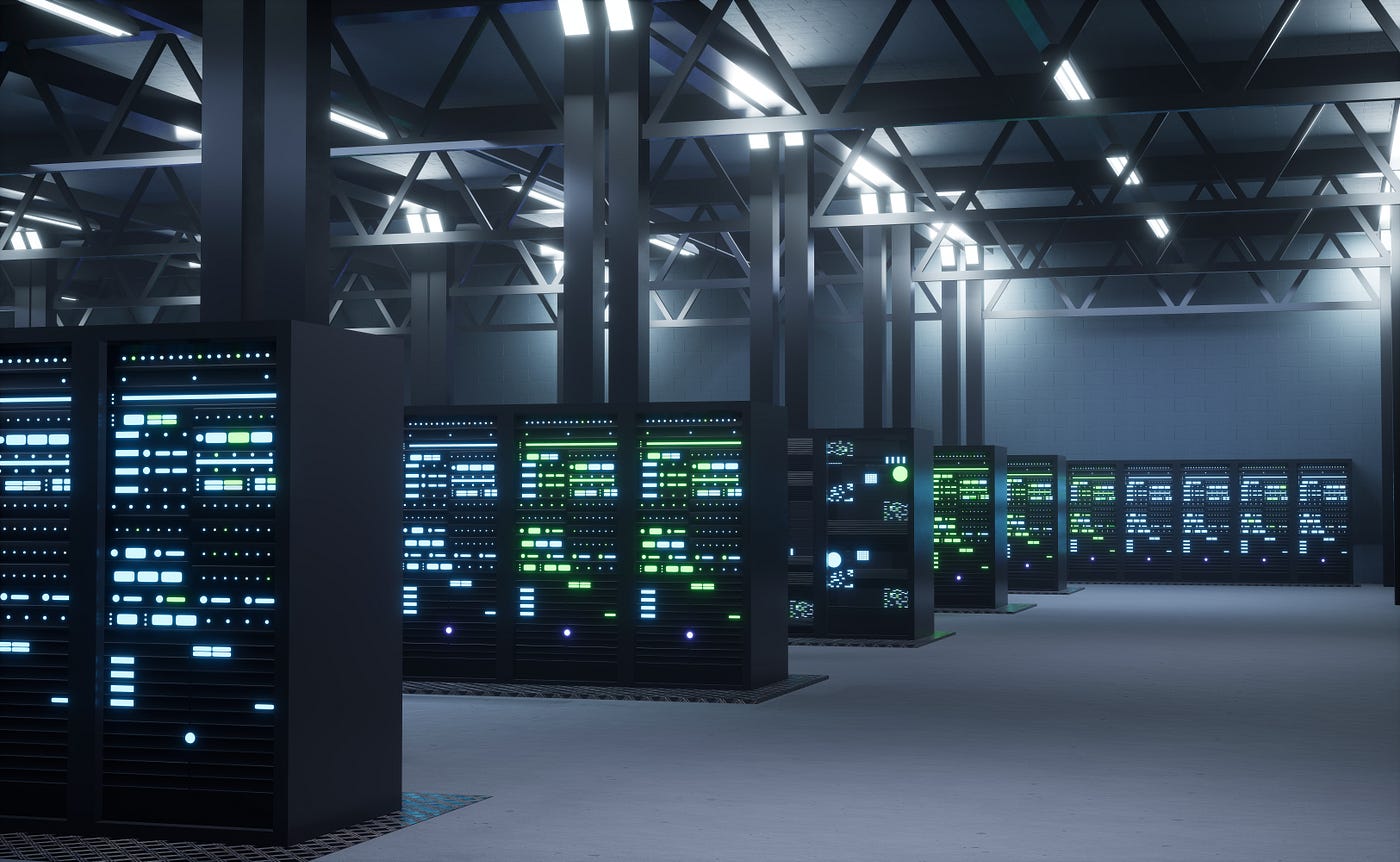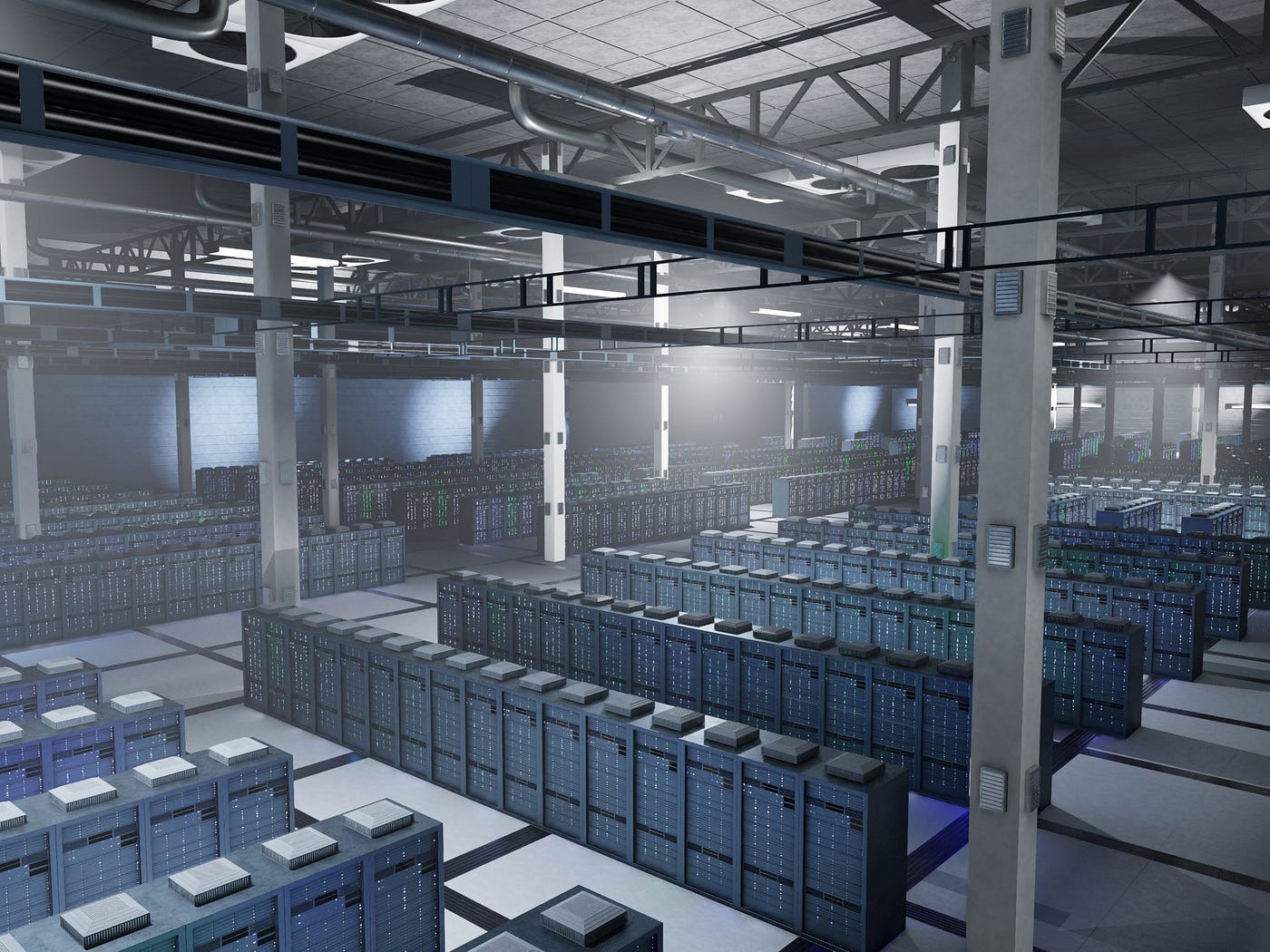
Why Modular Data Centers are the Future of Scalable Computing
As the digital world generates ever-larger volumes of data, traditional data center infrastructure is reaching its physical, financial, and operational limits. Enter modular data centers — prefabricated, scalable, and energy-efficient structures designed to meet the growing demands of modern computing.
From hyperscale players like Meta and Microsoft to emerging startups, organizations across the spectrum are embracing modular designs as the future of digital infrastructure. The reason is clear: they offer a faster, greener, and more flexible way to scale.
In this article, we’ll explore how modular and containerized data centers work, why they matter right now, and what their widespread adoption means for the future of scalable computing.
The Infrastructure Bottleneck
We’re living in an era defined by explosive data growth. By 2025, global data creation is expected to exceed 180 zettabytes — a sixfold increase from 2018. This surge is being driven not only by traditional enterprise needs, but also by:
- AI/ML model training requires massive compute power and fast scaling.
- Edge computing, with sensors, IoT devices, and 5G towers demanding local data processing.
- Cloud gaming, real-time analytics, and AR/VR increase latency sensitivity and bandwidth requirements.
Traditional “brick-and-mortar” data centers — often measured in the millions of square feet and built over years — simply can’t keep up with this pace. The result? A bottleneck in digital infrastructure that threatens to limit innovation and slow the deployment of next-gen technologies.
What Are Modular Data Centers?
Modular data centers are pre-engineered units built off-site and deployed in scalable sections, rather than all at once. They contain the same components as traditional data centers — power, cooling, compute, and networking but are optimized for plug-and-play scalability.
They typically come in one of the following forms:
- Containerized data centers: Enclosed within 20- or 40-foot ISO shipping containers, these can be transported and deployed virtually anywhere.
- Pod-based modular centers: Custom-built, scalable pods that integrate into larger campuses or edge deployments.
- Micro data centers: Smaller, compact units for edge locations or high-density urban sites with limited real estate.
These modules can be deployed individually or clustered, giving organizations control over capacity expansion and geographic distribution.

Why Modular Data Centers Make Sense in 2025
1. Speed to Deployment
Unlike conventional builds that can take 18 to 36 months, modular data centers can be deployed in as little as 12 to 16 weeks. These plug-and-play units arrive on-site preconfigured, pre-tested, and often pre-certified.
This speed matters. AI applications, for instance, are scaling exponentially. Companies can’t afford to wait years to build new infrastructure.
2. Scalability and Flexibility
Modular systems enable incremental scaling. Companies can start with one or two pods and expand as needed. This not only reduces capital expenditure but also avoids the pitfalls of overbuilding — a common problem in traditional centers where future capacity is often overestimated.
This scalability is especially valuable for:
- AI/ML workloads that spike during model training phases.
- Retail or logistics companies expanding to new regions.
- Telecom operators are deploying edge data centers with 5G towers.
3. Energy Efficiency
One of the biggest draws of modular data centers is their potential for energy optimization. Many units are engineered for high-density workloads, using liquid cooling or free air cooling to reduce energy consumption.
The industry standard Power Usage Effectiveness (PUE) rating — a measure of how efficiently a data center uses energy — is often lower in modular builds. HP’s EcoPOD, for instance, has reported PUEs as low as 1.05, compared to the traditional average of 1.67.
Lower PUE means:
- Reduced energy bills.
- Lower environmental impact.
- Easier compliance with sustainability mandates.
4. Cost Efficiency
Though upfront costs can be comparable, the total cost of ownership (TCO) for modular data centers is often lower due to:
- Reduced construction time.
- Lower labour costs.
- Easier expansion and asset depreciation.
- Better power and cooling optimization.
For startups or mid-sized firms that can’t afford a $500 million data center build, modular centers offer a financially accessible alternative.
5. Deployment Versatility
Need a center in a remote mining operation? A data hall on a university campus? A GPU cluster near a solar farm? Modular designs can be dropped into virtually any location — from urban rooftops to rural outposts — without the zoning and construction hurdles of a traditional facility.
Real-World Adoption
The biggest players in tech are already on board.
- Meta is investing billions in new modular designs with high-performance GPU racks to support its AI strategy. One of its largest projects, in Kansas City, is being reconfigured for a modular layout to reduce latency and energy use.
- Microsoft uses modular “Azure in a box” data centers for disaster recovery, remote operations, and AI-specific workloads.
- Google leverages modular designs in its edge deployments and uses them for quick AI expansion near power-rich, underused locations.
Vendors like Vertiv, Schneider Electric, and ZTE now offer complete modular solutions, from cooling infrastructure to power management and remote monitoring.

Challenges to Consider
While the benefits are substantial, modular data centers come with tradeoffs:
- Standardization: There’s still a lack of consistent standards between vendors, making interoperability and lifecycle planning more complex.
- Regulatory & zoning hurdles: Some regions still treat containerized units as temporary, affecting permitting and tax incentives.
- Operational expertise: While designed for automation, these centers still need trained staff for troubleshooting and compliance.
- Component delays: Like any hardware-dependent industry, modular data centers face risks from global supply chain disruptions.
What the Future Looks Like
The future of modular data centers is deeply tied to emerging trends in AI and edge computing:
- AI-native data centers: Built from the ground up to support dense GPU clusters, low-latency interconnects, and AI-specific energy profiles.
- Grid-aware deployments: Data centers that interact dynamically with power grids, adjusting workloads to match green energy availability.
- Modular Data Centre-as-a-Service (DCaaS): Rentable infrastructure where companies subscribe to capacity as they grow.
- Edge-native ecosystems: Micro modules positioned at traffic choke points, delivery hubs, and even in mobile formats to support real-time data needs.
As computing becomes more distributed and workloads become more dynamic, modular systems will become the default, not the exception.
Conclusion
The world of computing is evolving fast. Modular data centers offer an adaptable, efficient, and future-ready response to the growing infrastructure demands of our digital economy.
They aren’t just about saving space or lowering costs. They’re about meeting the moment: a time when agility, scalability, and sustainability matter as much as raw compute power.
Modular data centres are no longer just an option for organizations building tomorrow’s AI, cloud, and edge platforms. They’re the infrastructure blueprint of the future.
Click here to get optimized cloud and data solutions for your business!
You May Also Like
How Real-Time Data is Powering Industrial IoT
Ut enim ad minim veniam, quis nostrud exercitation ullamco laboris nisi ut aliquip ex ea commodo con
Why SMEs are the new Prime Targets for Cybercrime
Ut enim ad minim veniam, quis nostrud exercitation ullamco laboris nisi ut aliquip ex ea commodo con
How FinOps and DevOps Work Together
Ut enim ad minim veniam, quis nostrud exercitation ullamco laboris nisi ut aliquip ex ea commodo con




